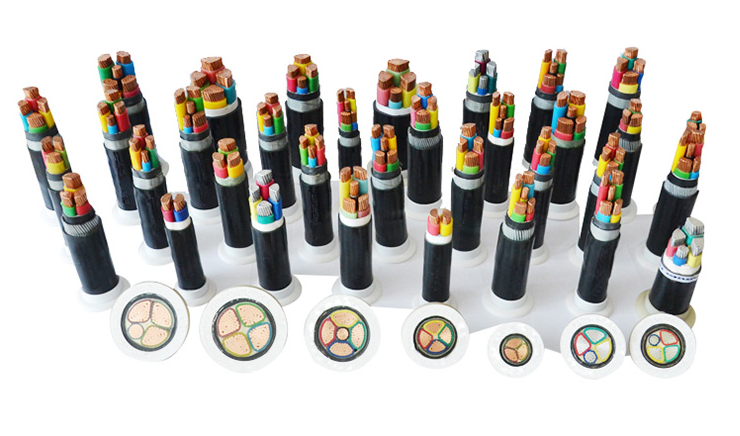
The use of power cables has been around for more than a hundred years.
In 1879, the American inventor T.A. Edison wrapped jute around a copper rod and put it into the iron pipe, and then filled the asphalt mixture to make a cable. He laid the cable in New York and created underground power transmission.
The following year, the British Karende invented the asphalt impregnated paper insulated power cable.
In 1889, the British S.Z. Ferranti laid a 10 kV oil-impregnated paper insulated cable between London and Dartford.
In 1908, the UK built a 20 kV cable network. Power cables are getting more and more widely used.
In 1911, Germany laid a 60 kV high-voltage cable and began the development of high-voltage cables.
In 1913, the German M. Hoichstedt developed component phase shielded cables, which improved the electric field distribution inside the cable and eliminated the tangential stress of the insulating surface, which became a milestone in the development of power cables.
In 1952, Sweden laid a 380 kV ultra-high voltage cable in the northern power plant to realize the application of ultra-high voltage cable.
By the 1980s, 1100 kV and 1200 kV UHV power cables were made.